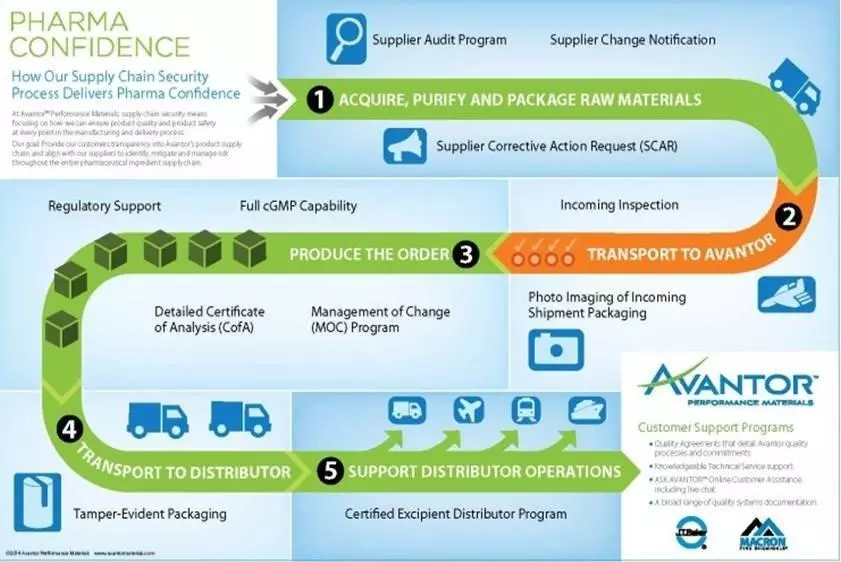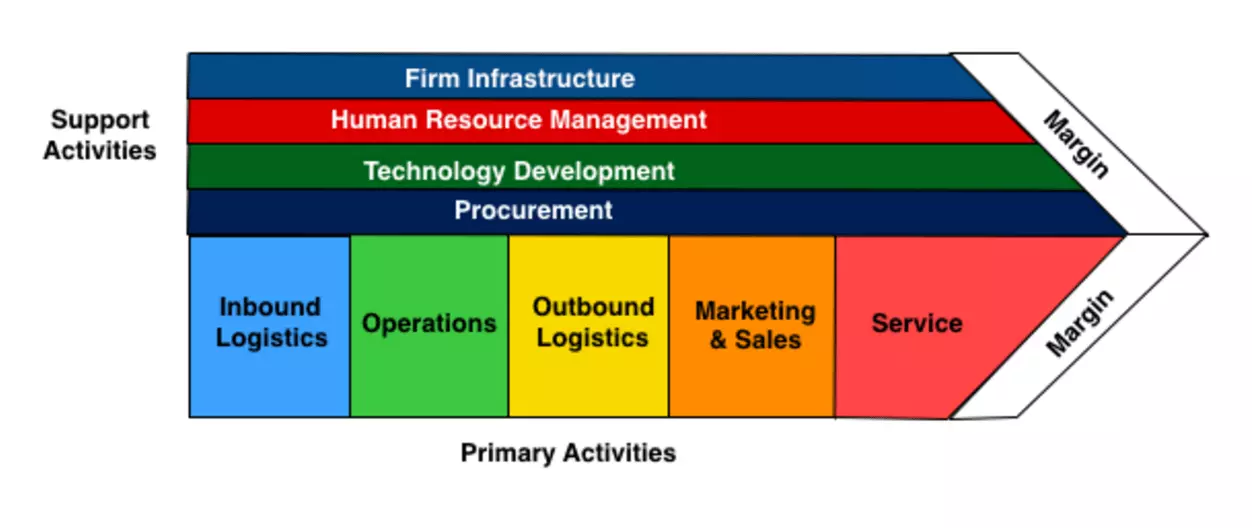Comments (3)
Kieran Madden
Many companies underestimate the role of value chain analysis
Nathan Johnson
This piece is loaded with substance. Thank you.
Elizabeth Pope
Clear explanation with good examples

Disrupting a business essentially means doing something to take market share away from your competitors or get non-users to buy your product or service at at profit. There are many examples of sickcare entrepreneurs doing it and usually the tactic is to introduce new technologies. However, according to one researcher, most disruption comes from inprovements in how you change and improve the value chain.
Value chain analysis means looking at each of your customers or potential customers and mapping out all of the activities that they are need to do in order to acquire products and services. For example, here is pharmaceutical company value chain:

Value chain analysis is a way to visually analyze a company's business activities to see how the company can create a competitive advantage for itself. Value chain analysis helps a company understands how it adds value to something and subsequently how it can sell its product or service for more than the cost of adding the value, thereby generating a profit margin. In other words, if they are run efficiently the value obtained should exceed the costs of running them i.e. customers should return to the organisation and transact freely and willingly.
Conceptually, this was an industrialized view of how a company works. The arrow starts with the supply chain, with the customer at the end. Most S&P index companies founded before the internet era still operate with this value chain mindset. Using high-quality value added services can enhance a company's value chain analysis and improve its competitive advantage in the market. For instance, a pharmaceutical company may offer value-added services such as patient assistance programs or disease management support in addition to their medication. These services not only add value for the customer but also differentiate the company from its competitors.

Sometimes, elements of the value chain that create a whole product solution are missing and you need to create them to create value. Examples include data interoperability and patient data ownership in personal health information technologies, a convenient electric grid for electic cars and and a network to distribute TV or video content.
A Business Model (BM) describes the way a company returns profit/value to the business while delivering the product to customers. A Business Model shows as such how a company makesprofit from its products. Creating a VAST business model in sick care is elusive for many reasons. Not having one is one of the main reasons why your business will fail.
Defining the value chain to a customer helps you identify and exploit potential business model opportunities. Here is how the value chain informs the business model canvas.
Here are some differences between the two and a brief history of how these terms have evolved.
In sick care delivery, there are three basic ways for doctors or other sickcare professionals to innovate their way out of the mess we've caused: technology innovation or adoption, execution and customer/patient experience. In most instances, changing the value chain or business model is more effective than technology diffusion and implementation.
If you are trying to change sick care to healthcare, seek to understand before being understood. One step in that process is to be a problem seeker, not a problem solver and that means understand the value chain. You'll find it valuable.
Arlen Meyers,MD, MBA is the President and CEO of the Society of Physician Entrepreneurs on Twitter@ArlenMD.
Many companies underestimate the role of value chain analysis
This piece is loaded with substance. Thank you.
Clear explanation with good examples
Arlen Meyers, MD, MBA is a professor emeritus of otolaryngology, dentistry, and engineering at the University of Colorado School of Medicine and the Colorado School of Public Health and President and CEO of the Society of Physician Entrepreneurs at www.sopenet.org. He has created several medical device and digital health companies. His primary research centers around biomedical and health innovation and entrepreneurship and life science technology commercialization. He consults for and speaks to companies, governments, colleges and universities around the world who need his expertise and contacts in the areas of bio entrepreneurship, bioscience, healthcare, healthcare IT, medical tourism -- nationally and internationally, new product development, product design, and financing new ventures. He is a former Harvard-Macy fellow and In 2010, he completed a Fulbright at Kings Business, the commercialization office of technology transfer at Kings College in London. He recently published "Building the Case for Biotechnology." "Optical Detection of Cancer", and " The Life Science Innovation Roadmap". He is also an associate editor of the Journal of Commercial Biotechnology and Technology Transfer and Entrepreneurship and Editor-in-Chief of Medscape. In addition, He is a faculty member at the University of Colorado Denver Graduate School where he teaches Biomedical Entrepreneurship and is an iCorps participant, trainer and industry mentor. He is the Chief Medical Officer at www.bridgehealth.com and www.cliexa.com and Chairman of the Board at GlobalMindED at www.globalminded.org, a non-profit at risk student success network. He is honored to be named by Modern Healthcare as one of the 50 Most Influential Physician Executives of 2011 and nominated in 2012 and Best Doctors 2013.
Leave your comments
Post comment as a guest